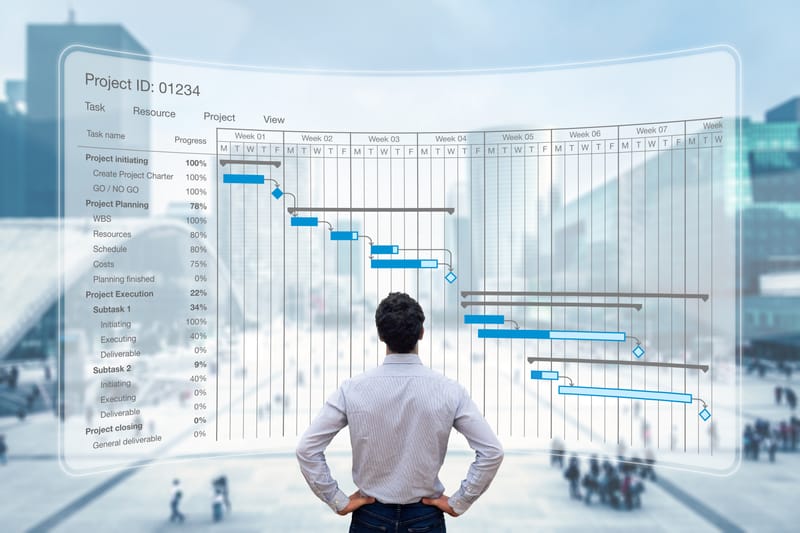
VDC: Revolutionizing Construction Management and Sites with BIM
Over the past decade, the construction industry has undergone a significant digital transformation, driven by innovative technologies such as VDC (Virtual Design and Construction) and BIM (Building Information Modeling). The VDC approach integrates advanced digital tools, collaborative processes, and 3D models to streamline project management, enhance precision, and foster collaboration among all stakeholders—from planners to contractors on the construction site. At the heart of this approach lies BIM, a digital information model that serves as an intelligent foundation for managing all stages of a building’s lifecycle, from planning to operation.
The primary advantage of VDC is its ability to create a virtual environment where the construction process can be simulated before machinery even arrives on-site. Using detailed 3D models, planning and execution teams can identify clashes between different systems—such as plumbing, electrical, and structural components—and resolve them early, saving significant time and costs. For instance, in large-scale projects like hospitals or office towers, which involve dozens of subcontractors, the ability to coordinate all systems in advance prevents delays and errors that could cost millions.
Moreover, BIM enables the integration of additional dimensions beyond 3D—time (4D) and cost (5D). The time dimension allows for dynamic schedules linked directly to the model, enabling project managers to visualize how construction progress aligns with the overall plan. The cost dimension provides real-time budget estimates, accounting for design changes and selected materials. Thus, VDC transforms project management into a transparent, data-driven process, reducing the risks associated with uncertainty.
On construction sites themselves, VDC integrates with tools like augmented reality (AR) and drones, allowing workers to access digital models in real time. For example, a contractor can use AR glasses to pinpoint the exact location of underground electrical lines based on the BIM model. This technology not only enhances safety but also ensures more accurate execution of plans.
However, implementing VDC and BIM is not without challenges. It requires significant initial investment in technology, staff training, and organizational cultural shifts. Many companies still cling to traditional methods, which can slow the transition to digitization. Nevertheless, studies show that the return on investment (ROI) in projects utilizing VDC is substantially higher, thanks to reduced errors, improved efficiency, and shorter timelines.
In conclusion, VDC, supported by BIM, represents a true revolution in the construction field. It enables project managers, engineers, and contractors to work smarter, faster, and more cost-effectively. As the technology continues to evolve, its impact is expected to grow, becoming a standard tool in the industry, ensuring higher-quality buildings and sustainable construction processes.


